Like most angsty teenagers in search of broader horizons, when photographer Julia Gorton made the decision to move from Delaware to New York City in 1976, she was lured by the exciting subcultures she read about in Rock Scene, Interview, and other publications lining the shelves of her local library. Her then-boyfriend, musician Rick Brown, had already settled in the city a year prior, so she lived vicariously through his postcards while finishing high school. Not long after arriving in New York, and enrolling at Parsons School of Design, Julia stumbled across a blossoming counterculture known as no wave – a hybrid music genre incorporating elements of free jazz, punk, and more experimental sounds driven by distinctly anti-consumerist and nihilistic points of view.
Polaroid in hand, she soon became a fixture at dance clubs, music venues, and other underground haunts throughout the city, from CBGB to Hurrah, Tier 3, and Squat, an unconventional Hungarian theatre located near the Chelsea Hotel. “It felt very natural to photograph in New York,” Julia tells me. “When you see people that interest you, it’s slowly intoxicating. I would think ‘Wow look at that person. What are they doing and how are they doing that?’ It was amazing.” With the eagerness of a fresh-faced student, she soaked up the chaos around her and started shooting no wave pioneers like Theoretical Girls, Mars, and James Chance and the Contortions. It was mostly for fun, though, not necessarily with the intention of being a documentarian.

Decades later, while working as a professor at Parsons, Julia secured funds from a faculty grant, hired an assistant, and finally tackled her most daunting task yet: sorting through her thousands of pictures. She was in part motivated by the success of Thurston Moore and Byron Coley’s 2008 monograph, No Wave: Post-Punk. Underground. New York. The book traces no wave’s cultural significance through a selection of photographs and personal interviews, including multiple of Julia’s images. As Instagram grew in popularity, she also leveraged the platform as a public archive, cherry-picking pictures to share with her audience. This was the precursor to her self-published photo book, Nowhere New York: Dark, Insulting, + Unmelodic, which took a total of 10 years to complete.
“I tried to make the book as representative of my body of work as possible, from different personal shoots to things I may have done for school,” she says of the newly released project. “I wanted to include as many people as I could who I felt were important to the music scene. Some might not be names most people recognise if you weren’t around, but the book is first and foremost for those who were involved.”
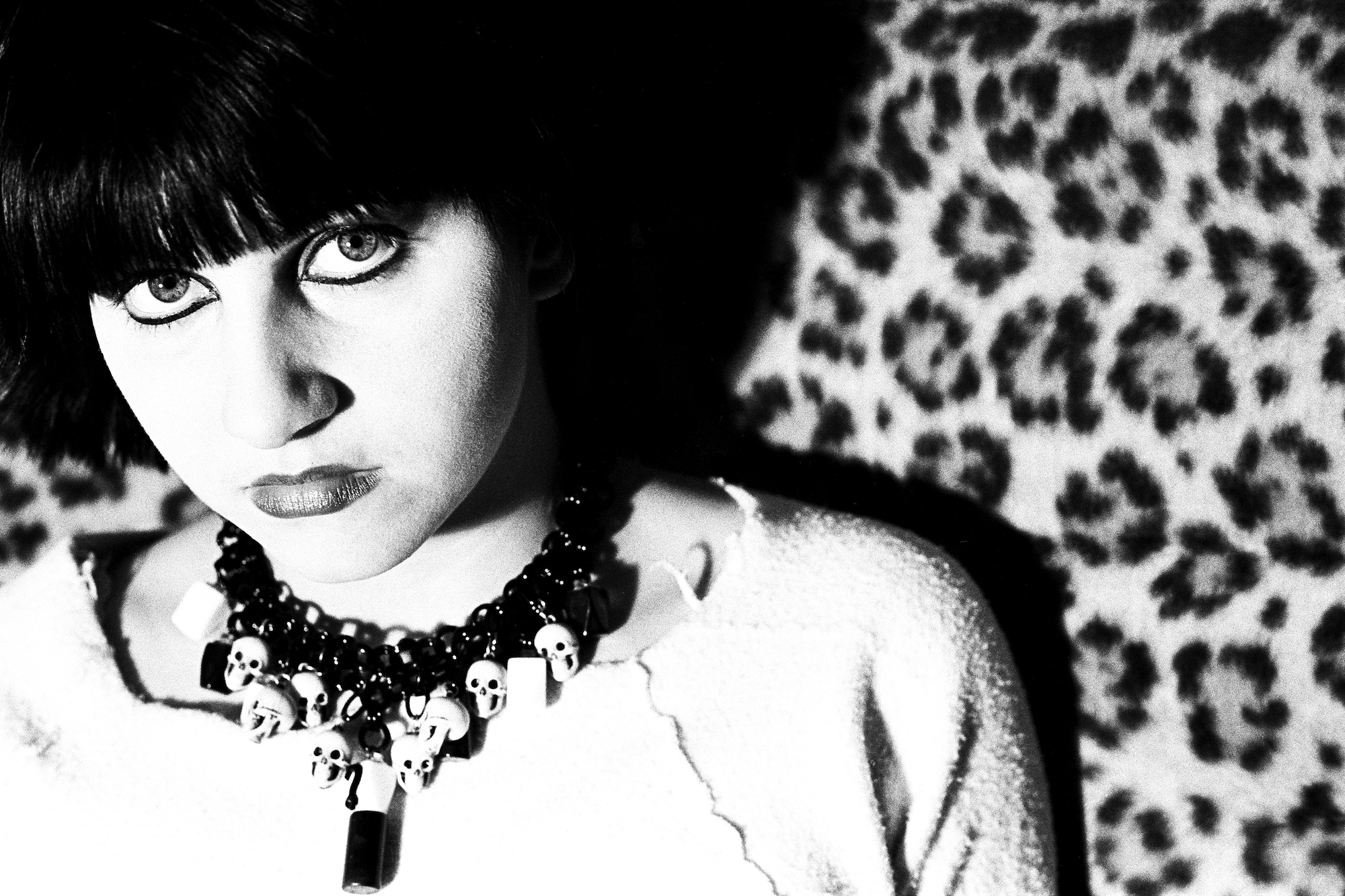
Alongside guest essays, setlists, letters, and other ephemera, Nowhere New York features a selection of 170 black-and-white photographs taken between 1976 and 1980, chronicling the height of no wave as it coincided with Julia’s college years. Beyond the usual music hotspots, the book follows her adventures through dimly lit diners, abandoned city streets, and her apartment on the Lower East Side, where she invited subjects to sit for formal portrait sessions. A couple of punk and New Wave icons make an appearance too, among them Iggy Pop, Tom Verlaine, David Byrne, Patti Smith, and Debbie Harry.
“I started with a lot of traditional images with my subjects in the centre of the frame, but I realised if you only limit yourself to what looks good in a frame, you miss out on a lot of important things happening around those images,” Julia explains. “Ultimately, an interesting or thought-provoking photograph documents something that needs to be documented. Not everybody can be in the same space at the same time, so it gives us the ability to see a different vision, as well as someone else’s lived experience.”
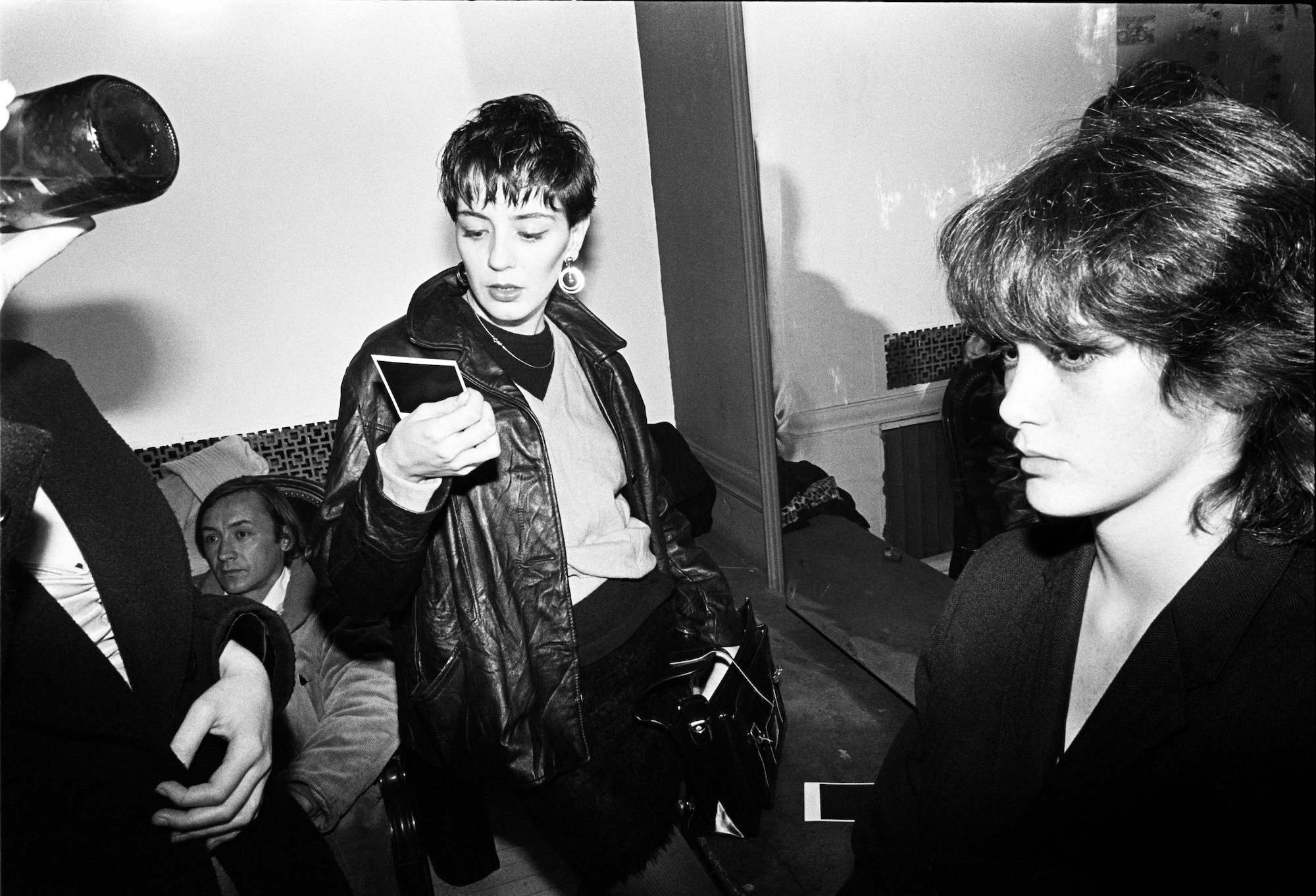
Sometimes she befriended the people she photographed, but other occurrences were simply by chance. Still, whether Julia’s subjects were dabbling in music, art, or film, each of her images conjures a certain mood and sense of place. In one of her favourites, singer Lydia Lunch from the band Teenage Jesus and the Jerks is sprawled on the floor of her apartment, sporting a fierce expression and long black nails to match. It’s a bit of a gritty setting, contrasted by the musician’s air of unaffected glamor, which epitomises Julia’s eclectic style. Even as she graduated from instant Polaroids to full film, her photos continued to embody the DIY ethos of the era by conveying the perspective of a casual observer.
“That photo is the 1979 Lower East Side version of a glamor shot inspired by George Hurrell,” Julia says. “But due to my lack of funds, I could only afford to buy half a roll of backdrop paper. So she’s a bit cramped, but you can still see all the little details. There’s the vintage floral linoleum and dirt in the corners. It’s almost a historic image too, because these types of apartments don’t exist anymore.”
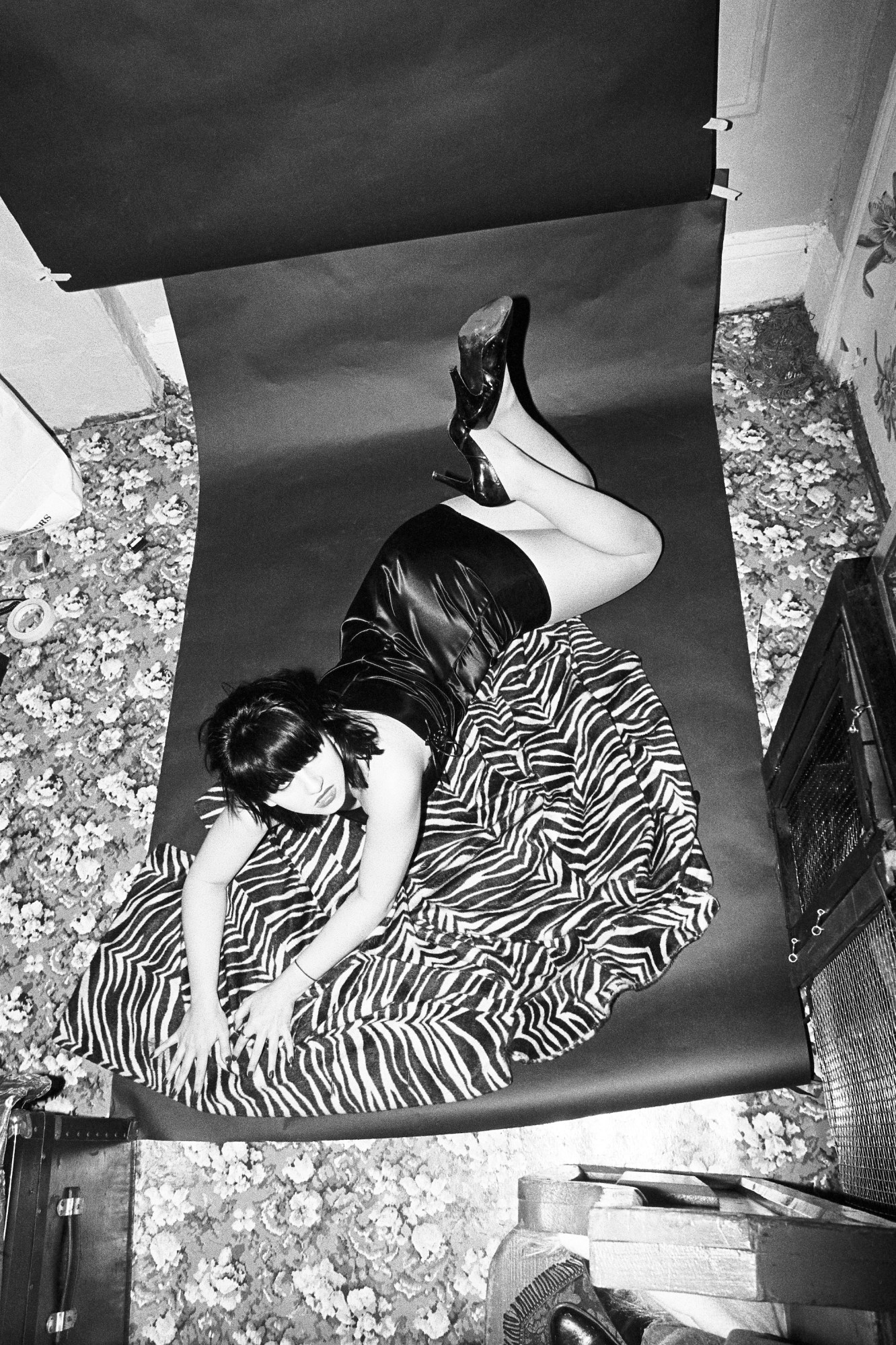
Nowhere New York captures the creative soul of a city in flux, beset by financial devastation after almost declaring bankruptcy in 1975. Amid the austerity, artists, musicians, and other misfits clustered downtown — on the Lower East Side in particular — to capitalise on cheap living conditions in less-than-ideal circumstances. A real community formed from the ruins, reflected in the book’s many contributions and through Julia’s dedication to preserving the history of a short-lived, yet impactful movement. More than mere records, her photos celebrate youth and its transience — reminders of a time when all anyone had was their talent, their dreams and one another.
“New York City’s Lower East Side in the late 1970s was a devastated war zone of burned-out and abandoned buildings bookended by low-rent housing that afforded artists and musicians the time and space necessary to not only experiment, but to develop their myriad art forms while surrounded by other outcasts. Each of them flocked to a city on the verge of collapse to seek more from life than mere existence,” Lydia writes in the book. “Every day and every night, that mad collective of a few dozen people—who had to create to counteract the amount of destruction surrounding us—stalked the streets in search of each other in order to connect to the flow of creative juices that kept us all alive, at least for another day.”
‘Nowhere New York’ is available for purchase from Julia’s website.
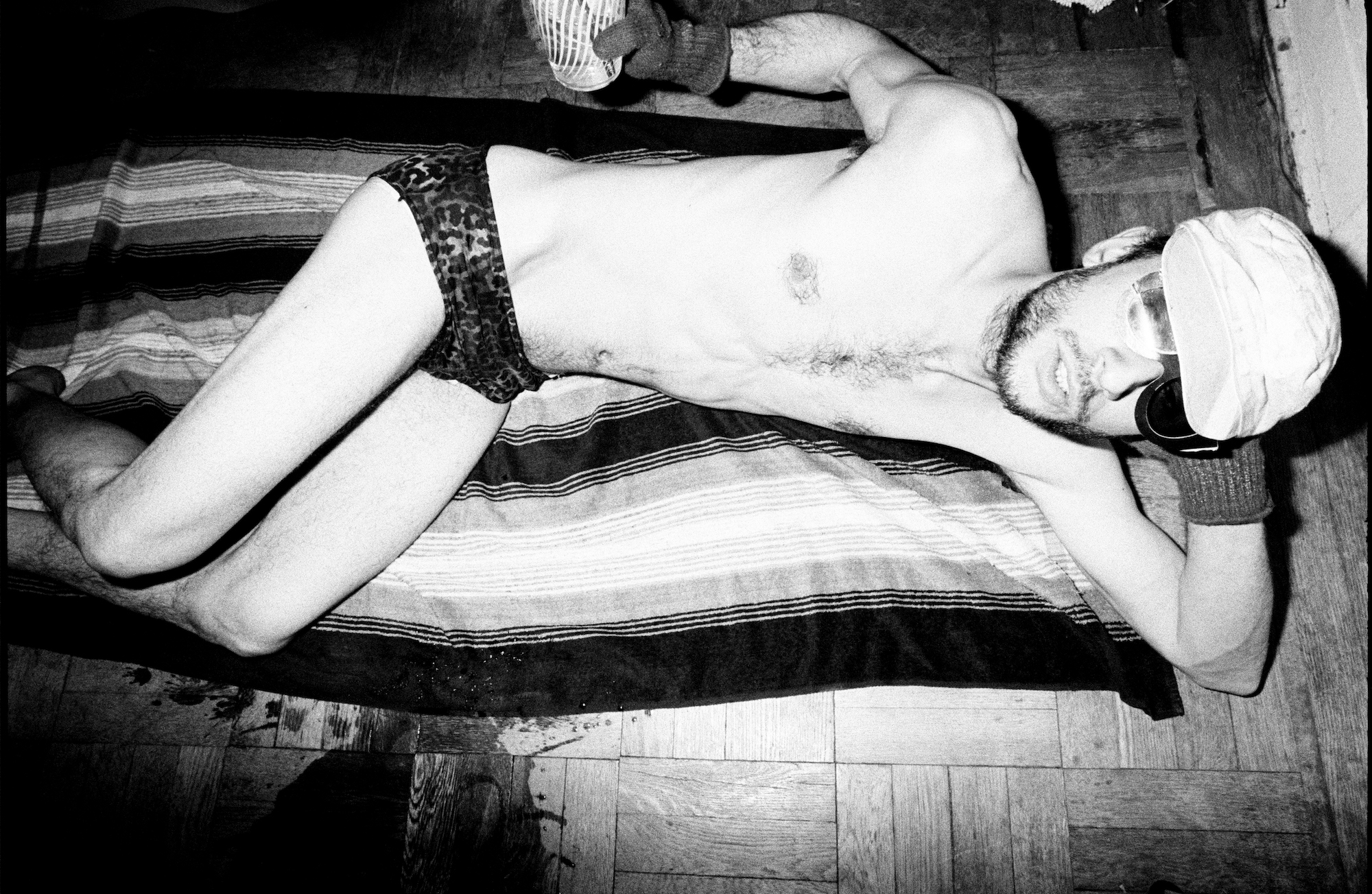
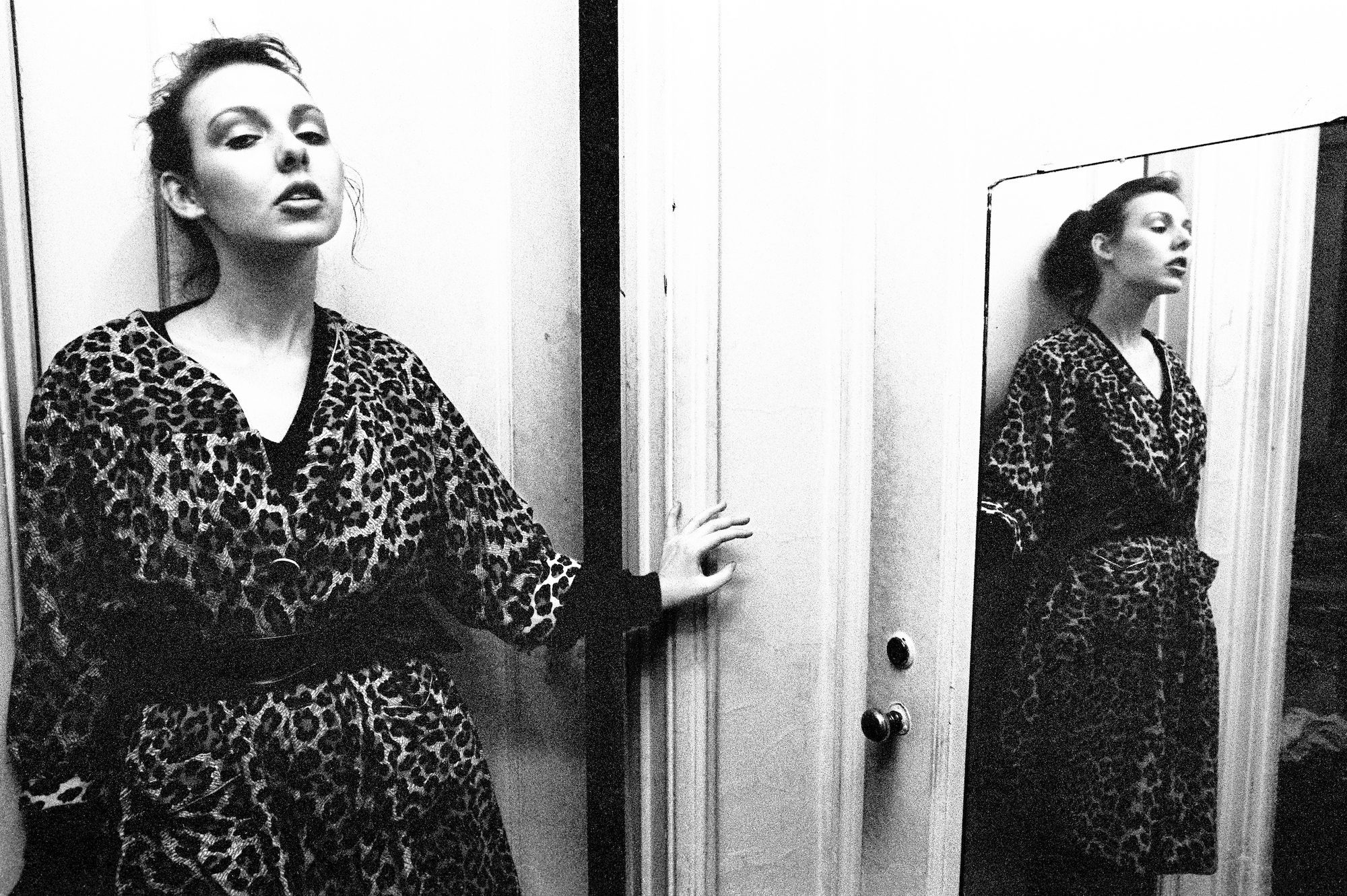
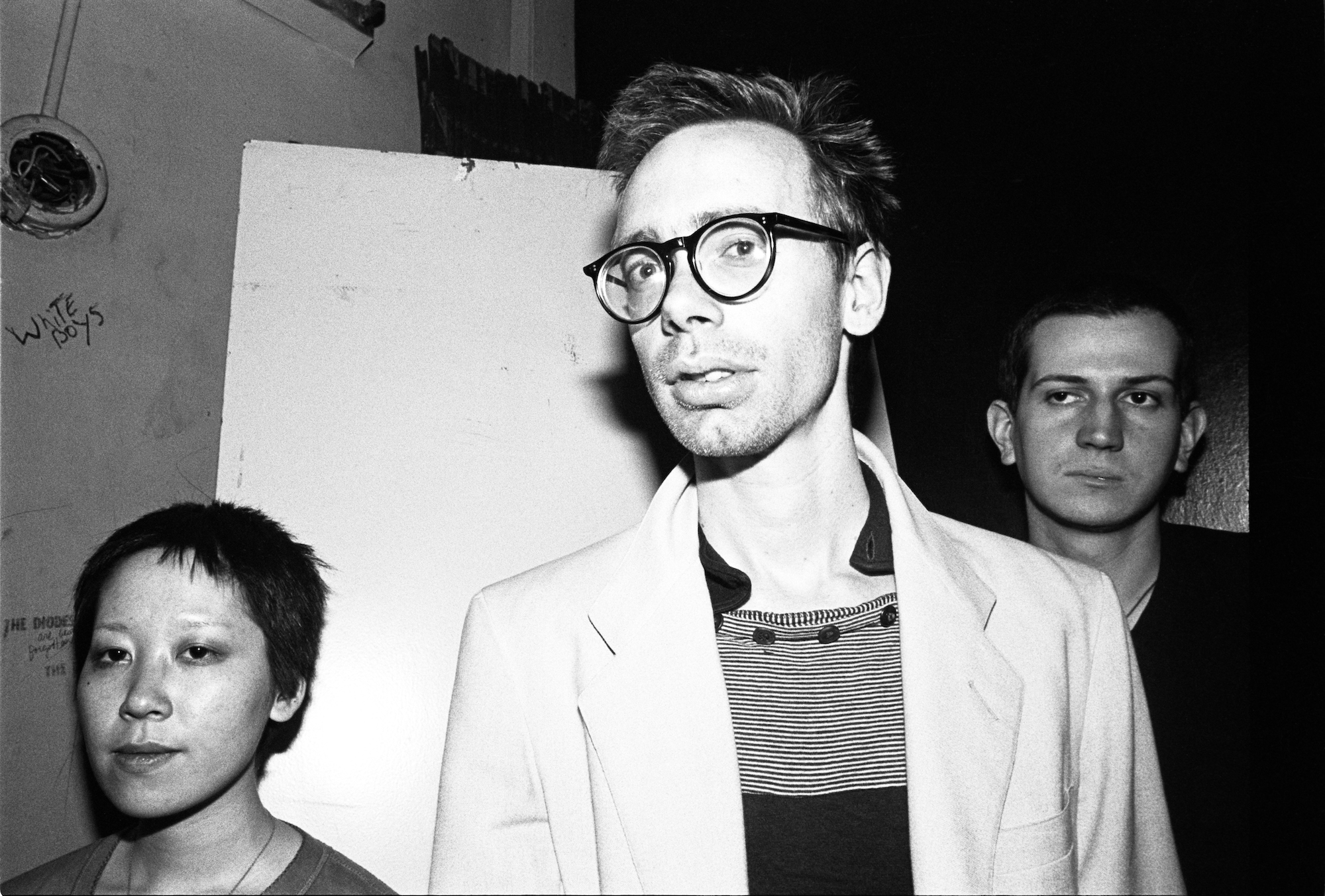



Credits
All images courtesy of Julia Gorton
